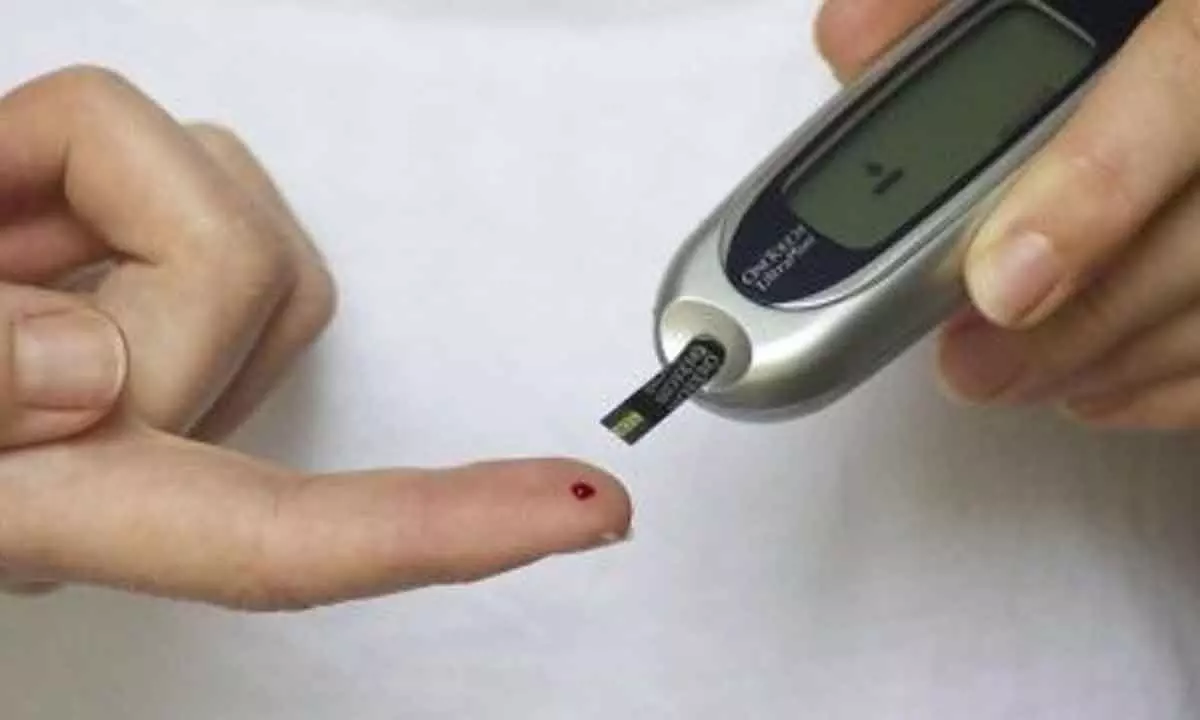Exposure to natural light can improve blood sugar control
It can help millions of people with Type 2 diabetes (T2D): Study
image for illustrative purpose

The results showed that blood glucose levels were within the normal range for longer during the natural daylight intervention than in the artificial light intervention (59% of the 4.5 days vs. 51%)
Improving blood sugar control may be as easy as increasing daytime exposure to natural light, according to a new research that can help millions of people with Type 2 diabetes (T2D).
The study showed that natural daylight can boost metabolism and help treat and prevent diabetes. It can also help curb other metabolic conditions, such as obesity.
"The misalignment of our internal circadian clock with the demands of a 24/7 society is associated with an increased incidence of metabolic diseases, including type 2 diabetes," said Ivo Habets, of Maastricht University, in the Netherlands.
"Natural daylight is the strongest zeitgeber, or environmental cue, of the circadian clock but most people are indoors during the day and so under constant artificial lighting.
"Our research shows that the type of light you are exposed to matters for your metabolism. If you work in an office with almost no exposure to natural light, it will have an impact on your metabolism and your risk or control of Type 2 diabetes, so try to get as much daylight as possible, and ideally, get outdoors when you can,” Habets said.
The findings were presented at the ongoing annual meeting of the European Association for the Study of Diabetes (EASD) in Hamburg, Germany from October 2-6.
The team carried out a range of metabolic tests on 13 people with T2D when they were exposed to natural light and when they were exposed to artificial light and compared the results.
They were exposed to two lighting conditions during office hours (8am to 5pm) in a randomised cross-over fashion: natural daylight from windows and artificial LED lighting.
There was a gap of at least four weeks between the two interventions, each of which lasted 4.5 days.
During the natural daylight intervention, the light intensity was usually highest at 12:30pm, with an average reading of 2,453 lux. The artificial light was a constant 300 lux.
Evenings were spent in dim light (less than 5 lux) and the sleeping period (11 p.m. to 7 a.m.) in darkness.

